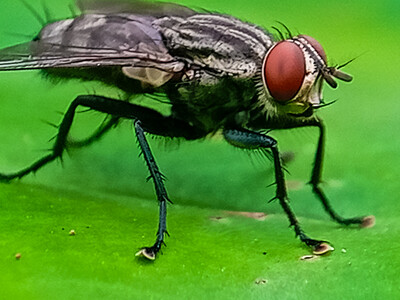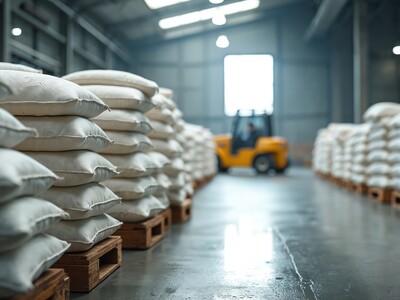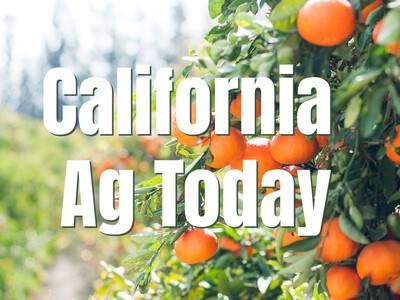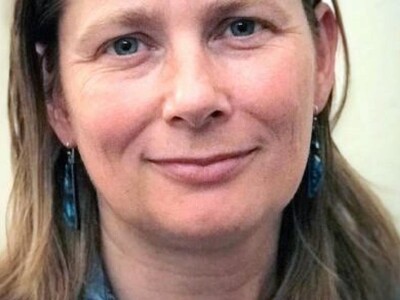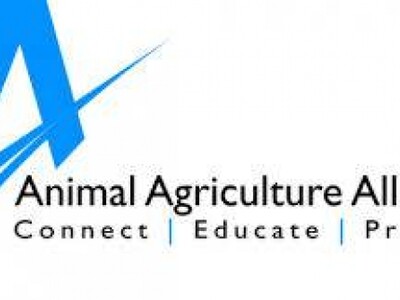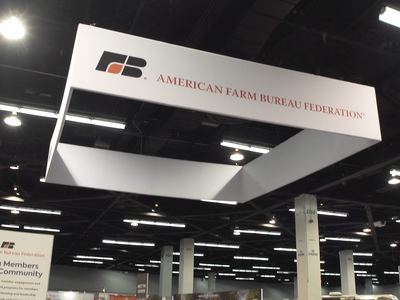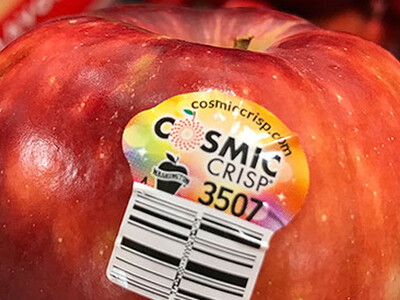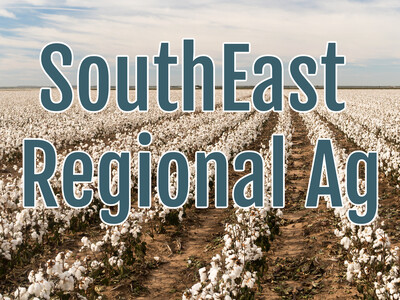Lameness In Dairy Cattle Part 2
Lameness in Dairy Cattle Part 2. I’m Greg Martin with today’s Line On Agriculture.
Novus International, Inc., has introduced their C.O.W.S. program or Comfort, Oxidative Balance, Well-Being and Sustainability, an innovative program to help dairy producers enhance the comfort and well-being of their herds. Marina Von Kyerlink a professor of animal welfare at the University of British Columbia discusses how the C.O.W.S. program can affect different operations.
VON KYERLINK: At the end of the day a facility can be very, very different from another one but if they both don’t have a problem with lameness or any other obvious welfare issues, why change something. They’re obviously doing something really, really well and so I’m really hesitant to go what we call prescriptive measures. That your stall needs to be “X” centimeters wide.
Obviously there are minimums but Von Kyerlink says that’s not what matters.
VON KYERLINK: There could be that the farmer is doing a lot of other things to compensate for maybe what’s not an ideal facility but they’ve got superior management, they’re doing lots of bedding, they’re raking those stalls and so making up for other things. And so that’s what we see as the value and the power in this C.O.W.S. program is it gives them data back on their farm.
That information can be used to make appropriate changes in your operation to hopefully improve cow comfort and cow welfare. And this data is broken down regionally.
VON KYERLINK: We started this project in British Columbia and we did 45 dairy farms in British Columbia. Clearly if I go to a dairy farmer in British Columbia and I show him data benchmarked relative to some farm in New York he’s going to look at me and say well what are you talking about. The power of the benchmarking is that it is regional. So we did British Columbia first and with Novus together we went to California and did 45 farms in California, then we did the northeast and then we just finished Texas and New Mexico.
She says that the Texas and New Mexico data was a bit different.
VON KYERLINK: There we didn’t do free stall. We did dry lots. It’s probably the first data set of it’s kind where we’ve got 40 farms where we’ve looked at, what’s the incidence of lameness in dry lot dairy. I mean there’s very little information out there but also it makes most sense that a person that’s in New Mexico is benchmarked against his colleagues in his area than compared to free stalls i the northeast.
For more information on the C.O.W.S. program, visit their website at www.novusint.com.
That’s today’s Line On Agriculture. I’m Greg Martin on the Ag Information Network.




